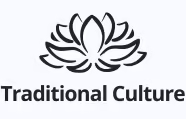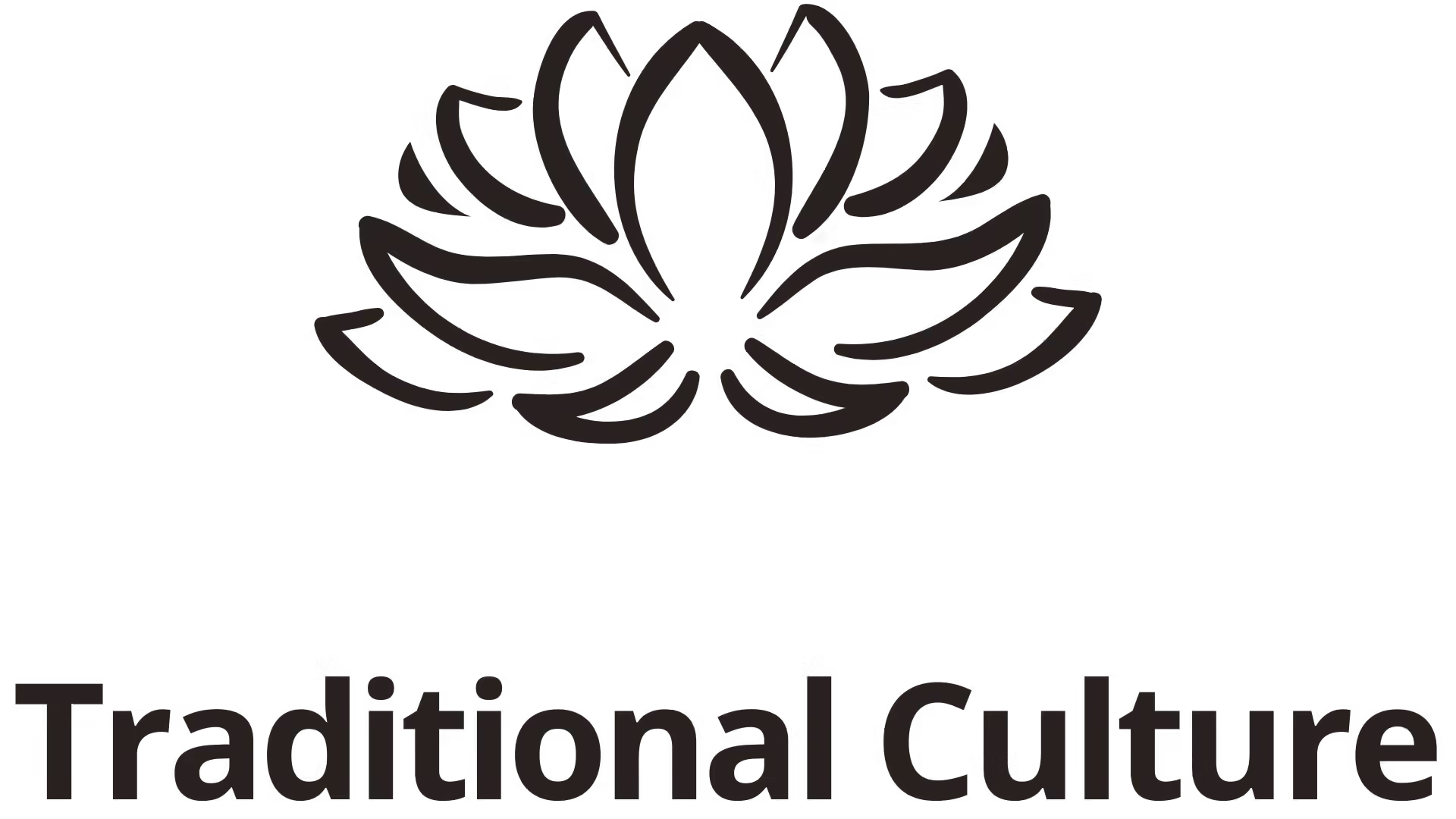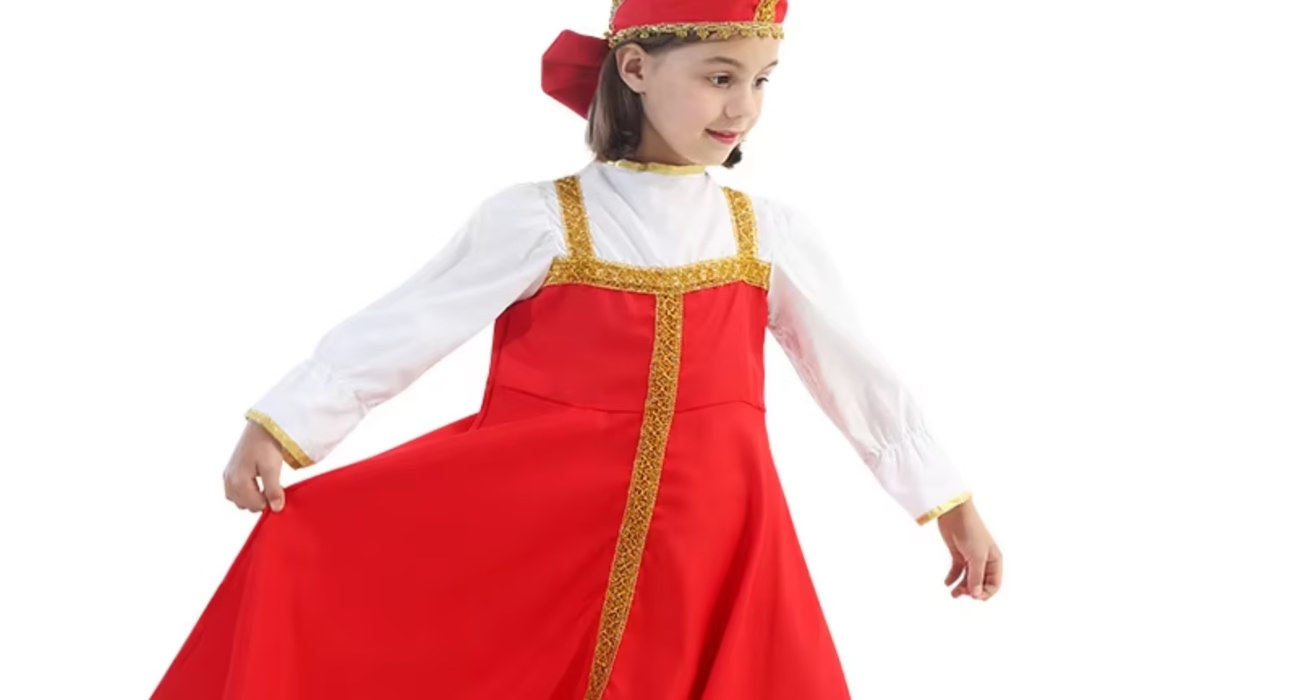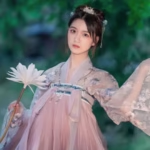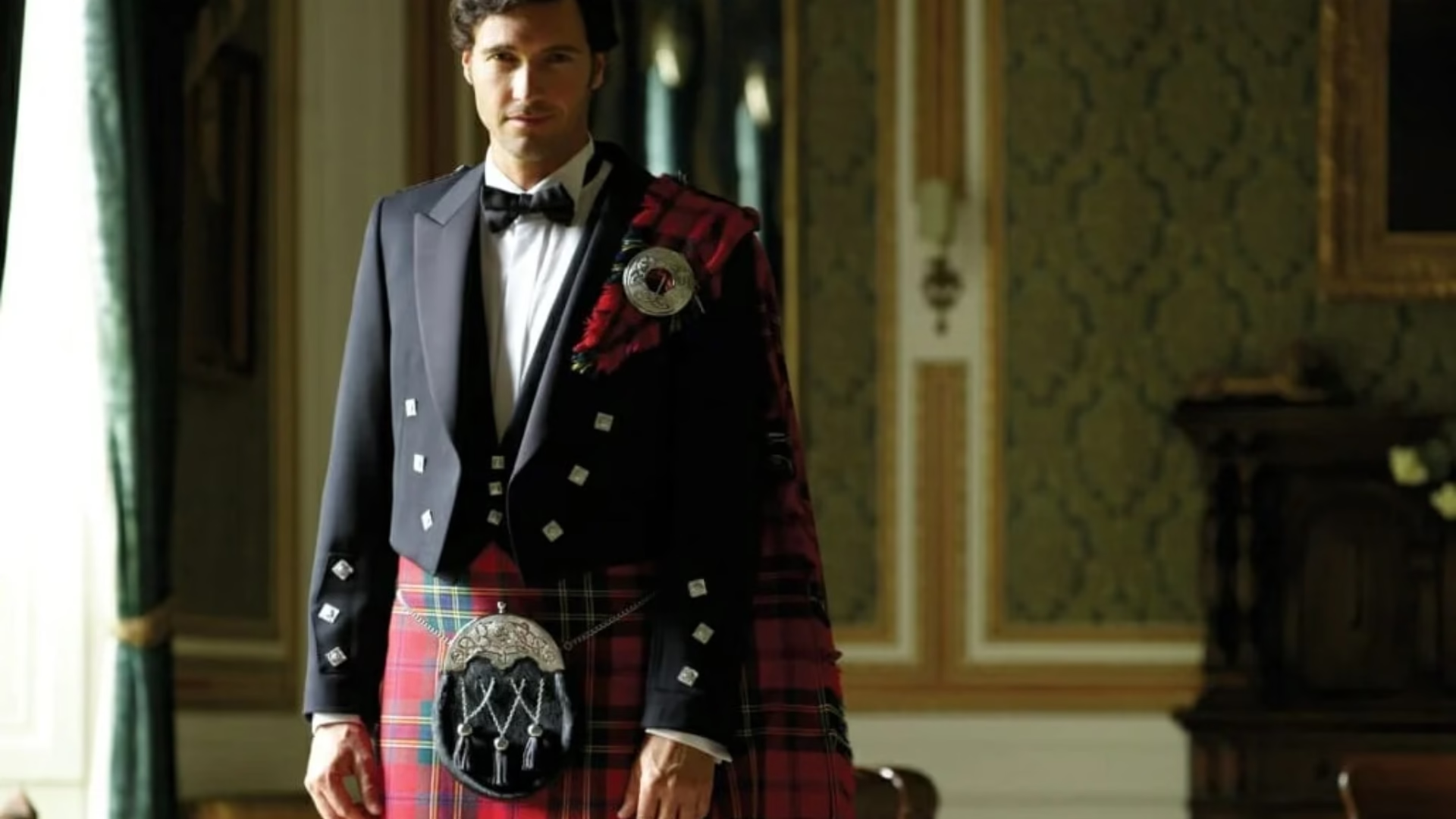The Sarafan (Russian) dress is a captivating piece of clothing that not only serves as a traditional attire for Russian women but also reflects the depth and complexity of Russian culture. Its elegance captures the essence of femininity and grace, while its historical significance reveals nuanced insights into the lives of those who wore it. From folklore to festivities, the sarafan has been an enduring symbol of national pride through centuries.
The Cultural Importance of Russian Sarafan
As a significant floral tapestry woven into the very fabric of Russian heritage, the sarafan holds a profound place in the hearts and minds of the people. Its influence goes beyond mere garment; it represents tradition, community, and identity that have withstood the test of time.
Historical Origins
To understand the Russian sarafan, we must first explore its origins. Emerging in the 14th–15th centuries, the sarafan was worn by both noblewomen and peasant women, particularly in northern Russia. By the 18th century, due to the influence of European fashion, the sarafan gradually became a symbol of rural life.
Although it was no longer part of everyday attire for the nobility, the sarafan remained an important element of Russian culture. Over the years, it has come to represent not only simplicity but also traditional beauty and national identity.
Symbolism in Design
Each feature of the sarafan is laden with meaning. The long, flowing silhouette represents grace and modesty, while its wide skirts provide ease of movement, reflecting its practical use in daily life.
Colors play a pivotal role in this symbolism as well. Red, a prominent color in Russian folk clothing, often symbolizes vitality and joy, while blue is associated with purity and spiritual depth. The intricate embroidery often featured natural elements, showcasing a connection to nature and divine beauty, which speaks volumes about the Russian soul and their reverence toward creation.
Connection to Festivals and Traditions
The Russian sarafan has long been associated with various festivals and traditions. During these celebrations, women would wear decorated sarafans embellished with vibrant embroidery.
Such occasions provided more than just an opportunity to display the garment’s beauty; they fostered a sense of community and belonging. Singing, dancing, and celebrating in colorful outfits formed a special bond among community members, reinforcing shared values and collective memories that generations can cherish.
The Craftsmanship Behind Russian Sarafan

Crafting a Russian Sarafan involves immense skill, an intricate understanding of fabric, and deep-rooted traditions passed down through generations. The detailed artistry that goes into every single piece tells us a story far richer than the material itself.
Traditional Materials
Traditionally, sarafans were made of linen or cotton, depending on the season and purpose of use. Linen, celebrated for its durability and breathability, was particularly favored for summer wear.
With the advancement of textile technology, modern sarafans are made from various materials, including brocade, taffeta, silk, and velvet. Thanks to the availability and accessibility of these fabrics, not only the upper class but also ordinary people can own sarafans crafted from such high-quality materials.
Embroidery Techniques
Embroidery on the sarafan is not merely decorative; it bears significations of the wearer’s familial status, regional origin, and even personal experiences. Various stitches create patterns reminiscent of local folklore, myths, and parables.
This art form brings communities closer together, as skilled artisans often collaborate to share stories embedded within the threads. Regions across Russia boast unique styles of embroidery, ensuring each sarafan carries a slice of regional history, thus tying the garment to the broader narrative of Russian culture.
Customization and Personal Touches
Customizing a Russian Sarafan is an art in itself. Every detail counts: choice of color, style variations, and embroidered motifs are choices made with careful consideration.
Women would often personalize their sarafans to signify important life stages such as marriage, motherhood, or even mourning. As much as it is a garment, a sarafan remarkably becomes an extension of the wearer’s identity—an canvas on which her story unfolds.
Contemporary Celebrations of Russian Sarafan

In today’s world, the Russian Sarafan transcends its traditional use, adapting and thriving within contemporary fashion circles.
Rebirth in Modern Fashion
Fashion designers have increasingly sought inspiration from traditional garments like the sarafan, reinventing its classic silhouette for runway shows and modern wardrobes.
This resurgence enables younger generations to connect with their cultural roots while establishing their identity within a global context. The fusion of old and new feels relevant and relatable, allowing the complexity of what a sarafan represents to shine in contemporary settings.
Community and Cohesion
Events dedicated to the sarafan celebrate more than just a garment; they foster togetherness among those who appreciate cultural heritage. It is heartwarming to witness community gatherings where individuals unite to showcase their sarafans, parade in traditional clothing, share stories, and perform folk dances.
Such gathering serves the dual purpose of preserving invaluable traditions while ensuring that future generations remain aware of their rich legacy. Not only does this enhance cultural appreciation, but it empowers individual expression, illustrating how the past contributes to present identities.
The Impact of Digital Media
In our digital age, social media plays a critical role in reviving and keeping the sarafan alive. Platforms like Instagram and TikTok allow enthusiasts and cultural advocates to promote the beauty and importance of this garment.
Through hashtags and viral videos featuring sarafans, users become ambassadors for Russian attire, igniting curiosity among diverse audiences worldwide. The engaging visuals shared online further amplify the idea that the Russian Sarafan is a vessel of storytelling, inviting others to embrace its charm.
The Enduring Legacy of Russian Sarafan
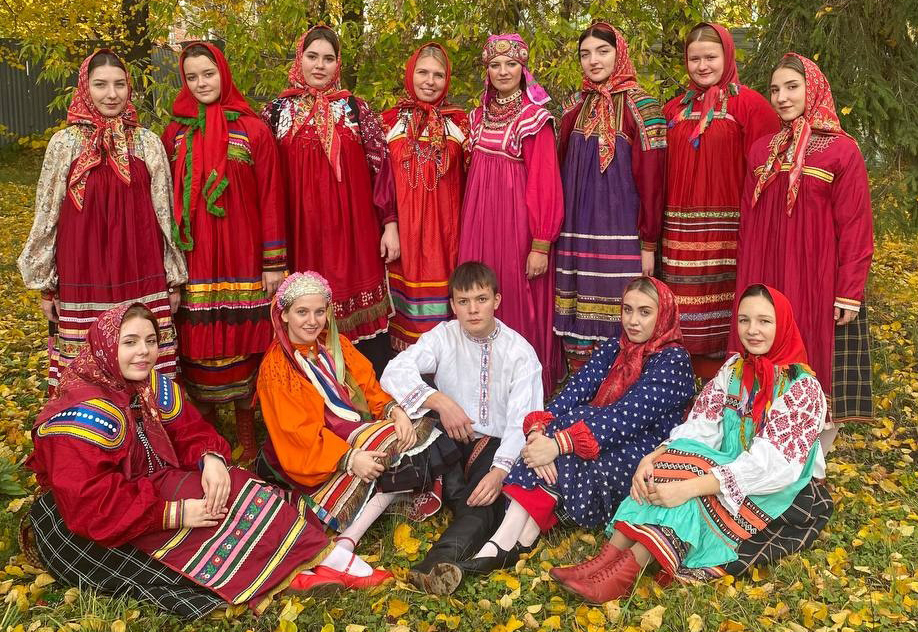
Despite evolving societal norms and fashion trends, the steadfast presence of the sarafan echoes the resilience of the Russian spirit. The garment remains a testament to cultural identity, broadening perspectives as it successfully navigates changes within a modern context.
Preserving History Through Art
In preserving the Russian Sarafan as a garment of pride, we also embark on a journey to uphold the history behind it.
Artisans continuously work to maintain traditional techniques, offering courses and workshops to teach younger generations the true essence of creating a sarafan from scratch. This commitment ensures the longevity of this art form and preserves essential cultural knowledge for years to come.
Bridging Generational Gaps
Beyond its physical beauty, the sarafan serves as a means of bridging generational gaps. As mothers and grandmothers share stories about their own experiences wearing the garment, today’s youth learn about the richness of their heritage.
These conversations inspire younger generations to seek pride in their cultural identity, ultimately fostering acceptance and respect towards diverse expressions of self across the globe.
Future Outlook
As we continue to navigate social changes, the Russian Sarafan stands firmly grounded in the ideals of unity and cultural richness.
Communities will likely continue championing the sarafan, passing down its meaning to younger generations eager to carry forward the cherished traditions. In doing so, they ensure that this emblem of feminine grace not only remains a timeless piece of clothing but also serves as a vibrant reminder of shared histories and mutual appreciation.
Conclusion

The Russian Sarafan serves as a window into the heartbeats of Russian culture. From its historical roots to its modern interpretations, this garment encapsulates stories of beauty, hardship, and triumph.
Woven into its design are the values of community, family, and an indomitable spirit that transcend time. As it continues to evolve, the sarafan remains a powerful symbol—reminding us of who we are and connecting us to the threads of our past. Through every stitch, every pattern, and every woman who wears it, the sarafan stands resilient against the tides of change, forever celebrated as a beloved fixture of Russian heritage.

